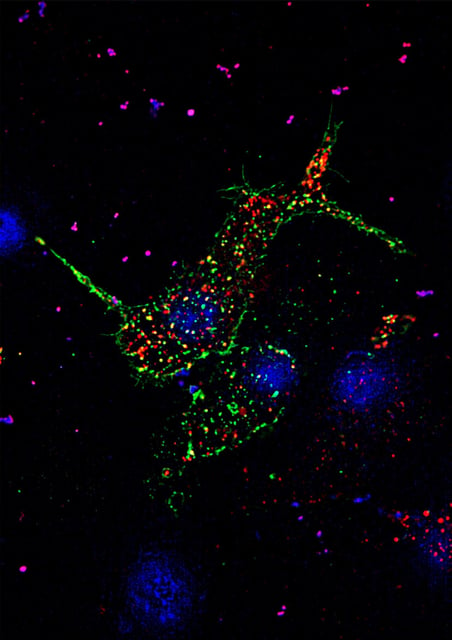Overview
- The peer-reviewed study from IISc’s Department of Developmental Biology and Genetics, led by Nikhil Gandasi with first author Anuma Pallavi, was published August 18 in the Proceedings of the National Academy of Sciences.
- Using advanced live-cell and super-resolution imaging, the team tracked GLUT1 in human beta cells and GLUT2 in mouse beta cells as transporters were recruited to the cell surface under varying glucose levels.
- Beta cells from people with type 2 diabetes showed fewer GLUT transporters at the membrane and disrupted clathrin-mediated cycling, which slowed glucose entry into the cells.
- The trafficking defect reduced docking of insulin granules—especially the primed pool needed for rapid post-meal release—weakening blood sugar regulation.
- The authors propose targeting beta-cell glucose uptake by restoring transporter trafficking, noting Pheophorbide A as a GLUT-interacting candidate from prior lab work, with therapeutic applications still preclinical.
